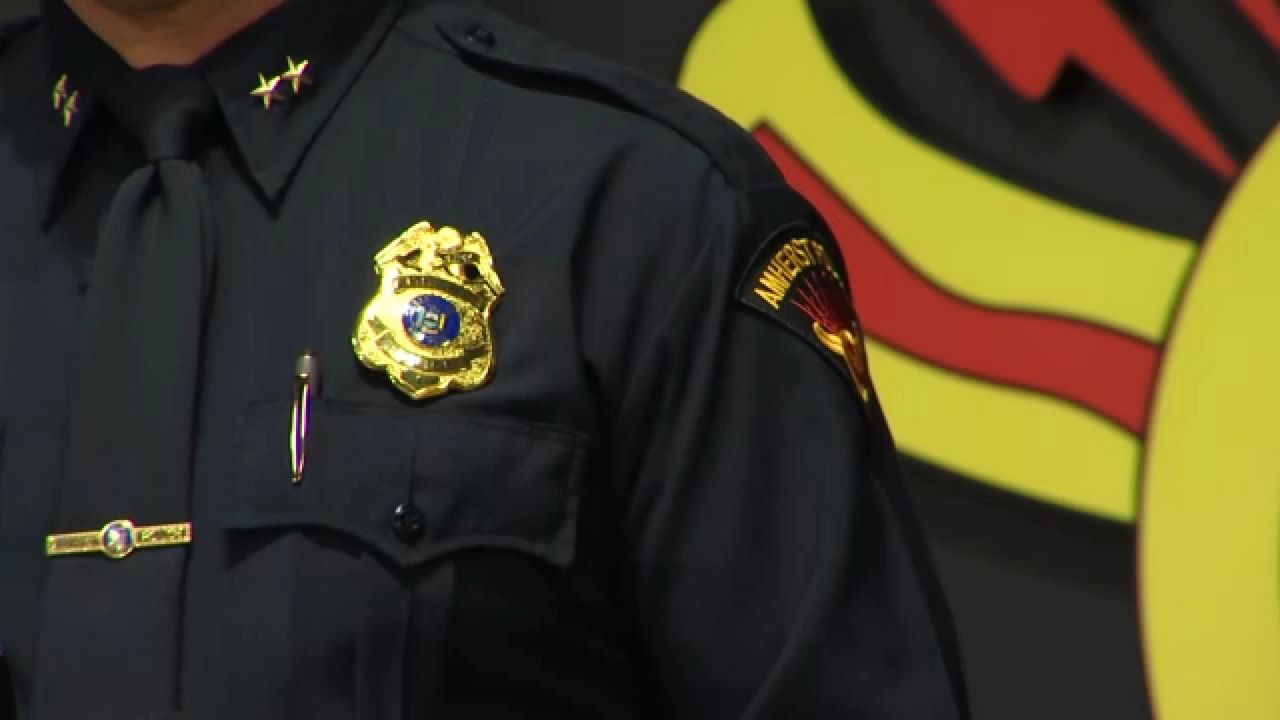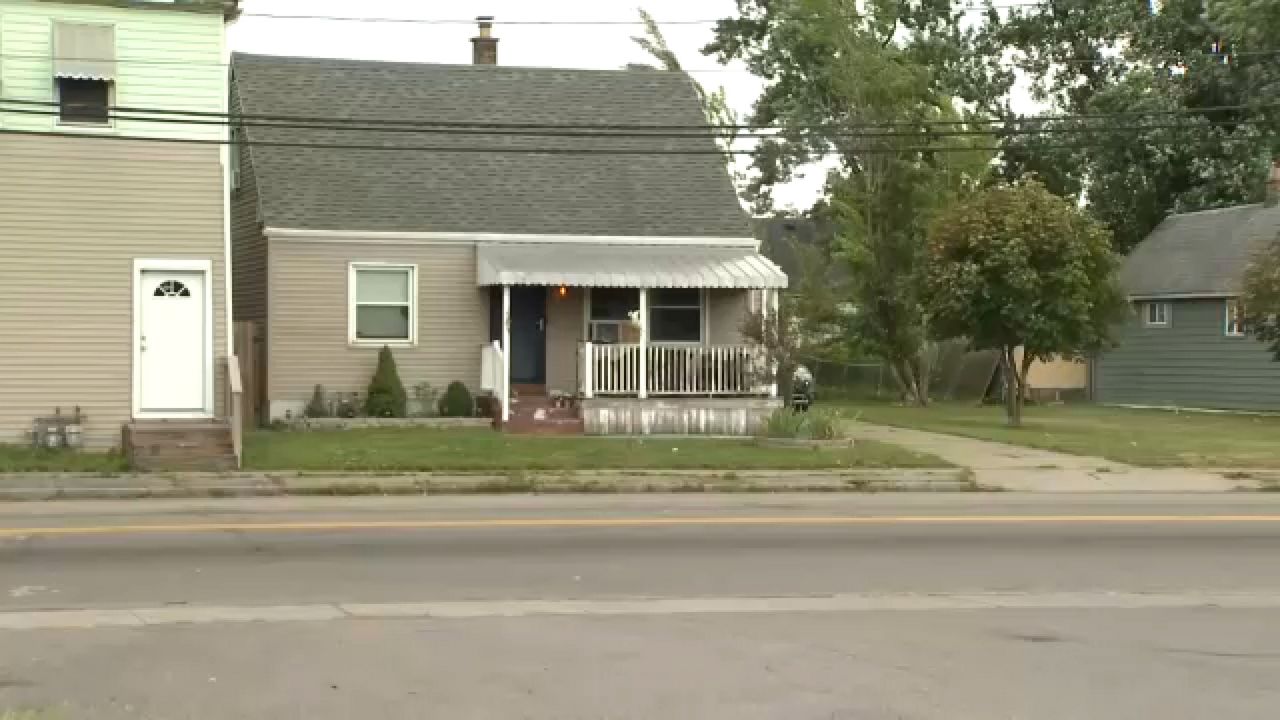As Spectrum News continues to observe Black History Month, visitors to the Fenton History Center in Jamestown can get a real-life lesson about the Underground Railroad and the pioneers who helped along the way.
"We have such a robust history with the Underground Railroad here in this county," said Noah Goodling, Fenton History Center executive director.
For five years now, that robust history has stood proudly on display inside the Fenton History Center in Jamestown, home of Reuben Fenton, former U.S. Congressman in 1853 and the 22nd governor of New York from 1865 to 1869.
The Underground Railroad exhibit, which recognizes the diversity of the region, showcases the heavily wooded secret escape route through 19th century Chautauqua County for slaves living under an oppressive system on their way to finding freedom.
"In a lot of ways this was sort of a natural haven for people running along the Underground Railroad and there was also a lot of support in this area," said Goodling.
Most of that support came from Catherine Harris.
"Such an inspiring, such a heroic courageous figure," said Goodling.
Harris moved to Jamestown in 1830 and became the city's first black resident, a widow who lived with her daughter in a small single-story home and risked fines, as well as jail time by housing as many as 17 escaped slaves at any given time.
"Getting them food, giving them shelter, keeping them warm, and safe…she was sort of the nucleus of the black community around here. She built a community of other black citizens in Jamestown around her. She was a motive force for the growth of this community," said Goodling.
The exhibit goes on to explain the community reaction to the Underground Railroad, and features a replica carriage that existed for those not traveling on foot.
Goodling says he'd like visitors to walk away with a sense of hope, and activism, with the strength to stand up for what they believe is wrong.
"If folks find something within their own lives that they find offensive, that they find to be wrong with the society, that they take an active voice, they get involved. They learn about the issue and they're willing to be passionate about the causes that are important to them," said Goodling.
Visitors can see the exhibit Monday through Saturday, 10 a.m. to 4 p.m.










